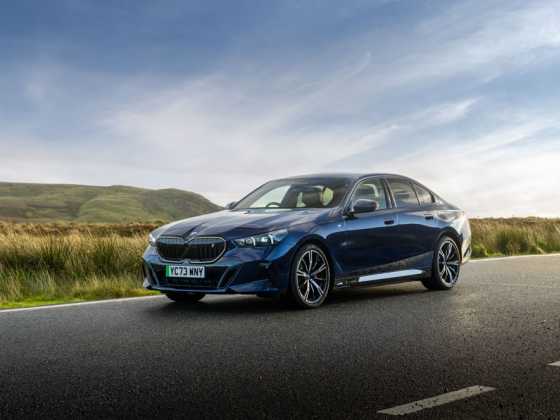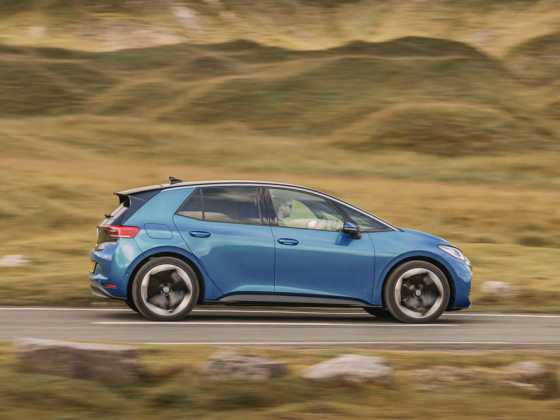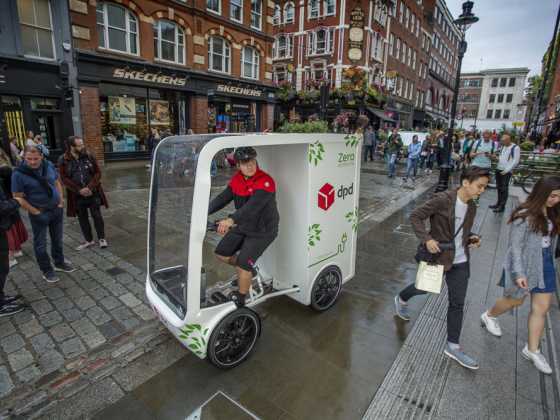GreenFleet Commercial Vehicle Roundtable

Telematics, connectivity and autonomous vehicles were debated in the afternoon session of GreenFleet’s Commercial Vehicle Roundtable, which took place on 23 March at London’s Tower Bridge
Telematics has had a major positive impact on the operation of commercial vehicles. With information available on vehicle performance, driver behaviour, routes, diagnostics, and so on, telematics gives an inside look into fleet operations that was not possible before. It allows managers to identify where improvements can be made for a more efficient, cost effective and safe fleet.
But with all the data technology generates, it can be overwhelming for fleet managers who do not have the know-how, time or resource to deal with it. “There are a number of operators that have the technology and information but they are not doing anything with it because they haven’t got the resource or the people to deal with it,” commented Mark Lovett from Leaseplan.
To make things easier, Mark says that telematics should be tailored to each company as there is no point in technology generating data that is irrelevant to what the company is trying to achieve. He said: “It is crucial to have technology and data that is appropriate to each individual operator and to the nature of their business. There will be organisations where route optimisation is important and another where fuel spend is, for example. Telematics isn’t a one-size-fits-all solution.”
Camera footage
The topic of dash cams came up and the consensus around the table was that they are very helpful. Chris Dixon from Eurovia explained how dash cam footage has helped his business on numerous occasions, either by proving a driver was not at fault in an accident, or for insurance purposes.
He said: “There was one occasion when one of my drivers hit someone and was arrested. But the dash cam footage showed that the driver did everything in his power to prevent the collision, and so he was released straight away.”
Dash cams and telematics can often be seen as ‘big brother’, with drivers feeling like they are being monitored. It does not take them long to see the benefits though, according to Chris. He says: “Buy-in from our drivers was very hard until I explained to them the instances where dash cam footage has backed a driver up in collision events. Then they realised we weren’t doing it to try catch them out but to save their licence and reputation.”
Norman Harding from the London Borough of Hackney said that in his case, dash cams are proving more beneficial than telematics. He said: “We are a local authority and so all our routes are more or less the same each week, so the benefits of telematics aren’t so prevalent for us. When we first had telematics installed eight years ago, we identified things that could be changed that had an immediate positive effect. But after that, it’s not been as much of a benefit. But dash cam footage has been.”
Truck platoons
The UK’s first HGV platooning trial has been given the green light and is expected to begin at the end of 2018. It will see three heavy goods vehicles travelling in convoy, with acceleration and braking controlled by the lead vehicle. All lorries in the platoon will have a driver ready to take control at any time.
There were mixed feelings around the tables about how truck platoons and autonomous vehicles could benefit commercial fleet operations.
Mark Waby from Kuehne+Nagel said: “Truck platoons could be fantastic if they take away some of the stress from the driver. For those on the road however, it could pose a problem. It is already difficult enough trying to join and exit a motorway without having to navigate past a truck platoon. But any technology that can take pressure off the driver, such as lane control or automatic braking, is a good thing.”
Amanda Lyne from Ulemco raised the question of liability when it comes to incidents involving self-driving vehicles. She said: “Ultimately, I have duty of care not to collide with anyone and if I do, as a human being, I suffer consequences. But if you put an autonomous vehicle on the road, who is actually liable? Is it the technology provider? Is it the vehicle owner? Is it the pedestrian?”
“The logic is that a computer is supposed to do something better than I can, but a computer can’t stop someone from walking in front of a vehicle, and while it will do its best to avoid it, it might still collide,” Amanda adds.
It was agreed that self-driving vehicles are well suited to controlled environments. Iqbal Gill from Heathrow Airport explained how the airport uses T5 pods, which are a fleet of automatic driverless electronic vehicles which transport customers between Heathrow Airport’s Terminal 5 and the Thistle Hotel.
David Thackray from Tevva Motors said that the infrastructure to get fully self-driving vehicles on the road would be immense because the amount of sensors that would need to be put in place. It was also agreed that the infrastructure for driverless vehicles is currently not equipped to deal with hazardous weather and environmental conditions, such as black ice, or mud covering a sensor.
In the meantime, David said that there will be increasingly more systems in vehicles that are autonomous. He said: “There’s more to autonomous vehicles that just self driving vehicles. Our range-extended truck has an autonomous system where it knows where its going, how many miles it is doing, what traffic it will be going into, what load it has, and how that load varies drop by drop. It also works out if it will be entering any low emission zones and takes it all in and calculates its energy requirement.”
Another example of an autonomous system is the one used in project ACCRA that Tevva Motors is doing with Leeds City Council, Earth Sense and Transport Systems Catapult to improve air quality in urban areas. Real-time air quality readings are captured and trigger hybrid electric engines to switch automatically to zero-emission running. But it goes further than that, as David explains: “If sensors pick up on too much NOx, the system dynamically defines a clean air zone based on current levels of pollution, wind direction, and so on. A message is then sent to the vehicle to say that it is approaching a clean air zone and gives you options, such as to divert around it, pay a fee or switch to zero emission mode.”
The drivers
To finish the discussion, delegates agreed that there is a real shortage of HGV drivers coming into the industry, and the current population of drivers is ageing.
Andy Wilson from TNT explains: “It stems from changes to driving licence regulations in 1997, after which you had to qualify to drive a 7.5 tonne vehicle. Now you’ve got to go through a load of tests, have driver CPC, a digital tachograph card, and so on. There are so many different barriers to actually sitting on the seat and doing the job.”
The group also cited lack of services and facilities as reasons the profession is suffering a recruitment crisis, as well as the dangers drivers face when crossing to and from Calais.
This situation could be aided by autonomous vehicles however, as companies may need to hire fewer drivers in the future. Innovation such as this may also help to recruit a new generation of drivers, who see it as a chance to be part of a technological revolution in transport.






